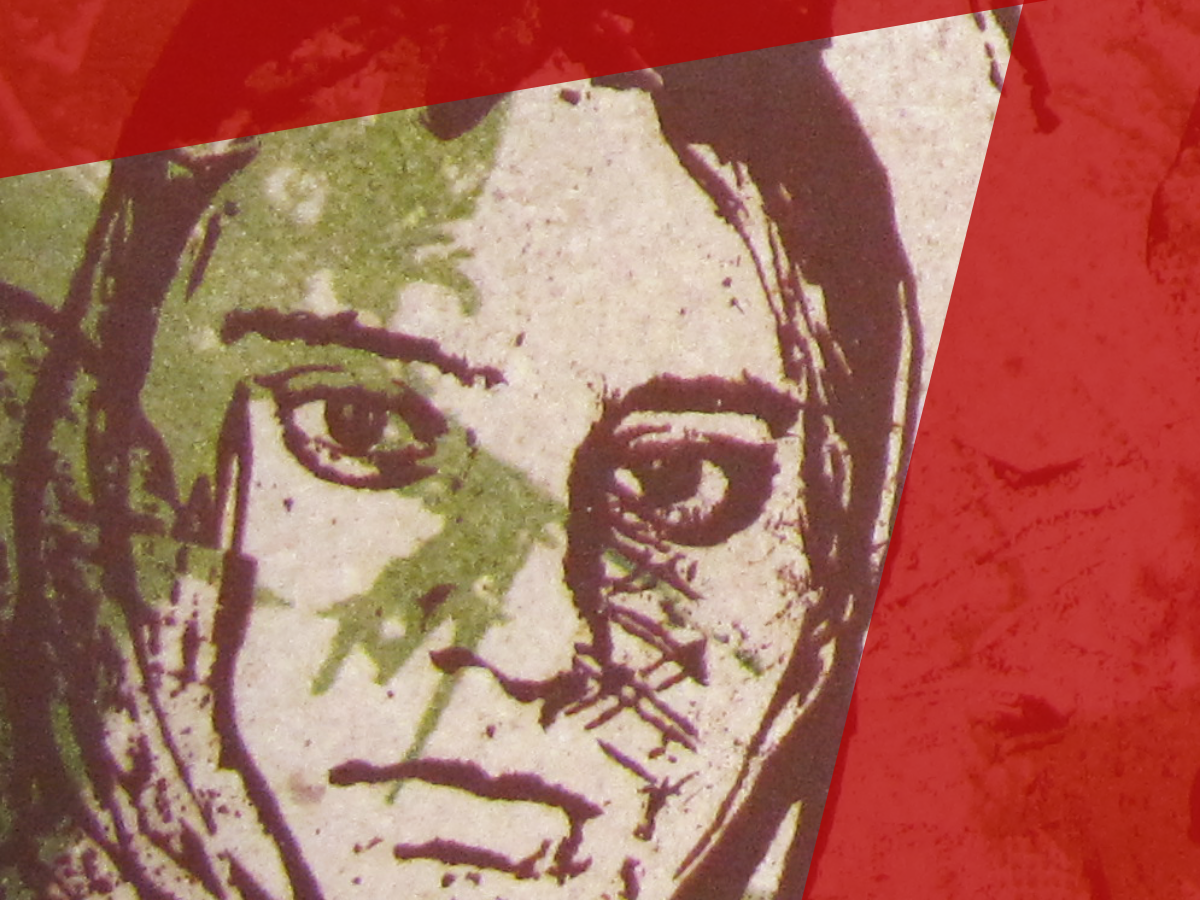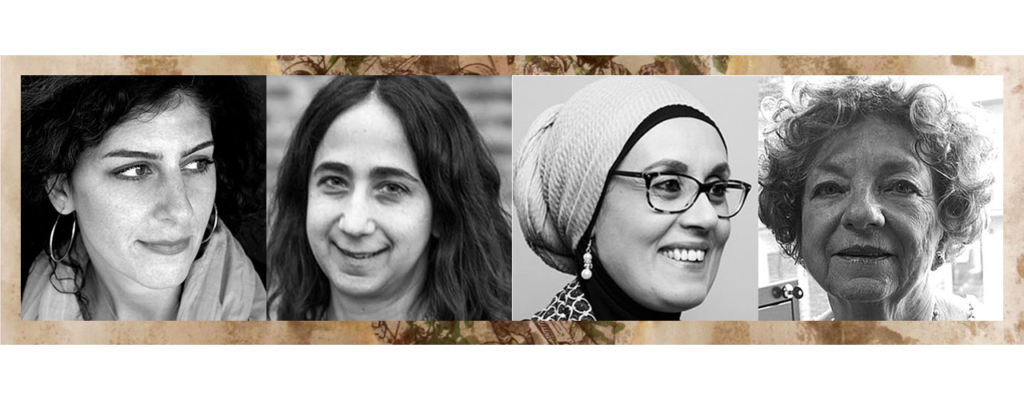When the sky is falling / you must learn to / generate a force field.

October 11, 2021
Editors’ Note: In her introduction to the Fall 2011 issue of the Asian American Literary Review, coeditor Rajini Srikanth writes of how quickly we can forget our communities’ milestone moments of political awakening. Commemorating the 10th anniversary of September 11, that issue of AALR, edited by Srikanth and Parag Rajendra Khandhar, attempted to fill in the gaps of official acts of mourning. The testimony, dialogue, essays, and art brought alive the struggles and resistance of Muslim, SWANA, and South Asian communities in the days, months, and years after September 11.
We asked a number of contributors to the Fall 2011 issue of AALR to speak into the space of the past 10 years. The following poem by Sham-e-Ali Nayeem is part of that series within the Living in Echo notebook. In 2011, with Giles Li, Sham-e-Ali had gathered a collection of performances by Asian American writers for AALR’s Fall 2011 issue. You can read Sham-e-Ali and Giles Li’s statement further down the page, and watch a number of the performances that were archived.
When the sky is falling
you must learn to
generate a force field.
Move away quickly.
Keep moving.
Silver grey hijab
smells of nausea
ash heartache
collapse
scent of all the days
before all the days after.
An evacuating stranger
offers a plum as
the days move.
Nothing’s ok.
The following statement and collection of performances were curated by Sham-e-Ali Nayeem and Giles Li, and released as a DVD insert in the Fall 2011 issue of the Asian American Literary Review, dedicated to commemorating the 10th anniversary of September 11.
On the DVD Ten Years Later: Asian American Performers Reflect on 9/11
This collection is an exploration of the various legacies of September 11th in Asian America over the past ten years. One decade later, Asian American artists share their reflections on the political, legal, civil rights, and artistic repercussions brought to light over these years.
As our definition of “urgent” changed ten years ago to fit the times, Asian American writers and performers found new ways to challenge themselves. The standard to create quality art remains, but now there is an edict to continue moving us forward.
The artists included here do not represent any particular kind of artistic categorization. No stylistic themes or similarities of content to speak of. The only constant is that each of them is wholly dedicated to the vision of the world we want to see, and that all agree the ideal time to start making those changes has already come and gone.
We don’t want to tell you a story about what happened September 11, 2001. You lived it, watched it, hated it, mourned it, breathed it. You remember.
But what we want to tell you is a story about what has happened since then.
—Giles Li and Sham-e-Ali Nayeem
A note about the art: The image that appears atop of this conversation is adapted from the artist Tomie Arai’s “The Shape of Me,” a silkscreen monoprint created in response to a national call to artists issued by the American Friends Service Committee for the 2011 exhibition entitled “Windows and Mirrors: Reflections on the War in Afghanistan.” We are grateful to collaborate with Tomie for our notebook Living in Echo. Find more of Tomie Arai’s work here.



